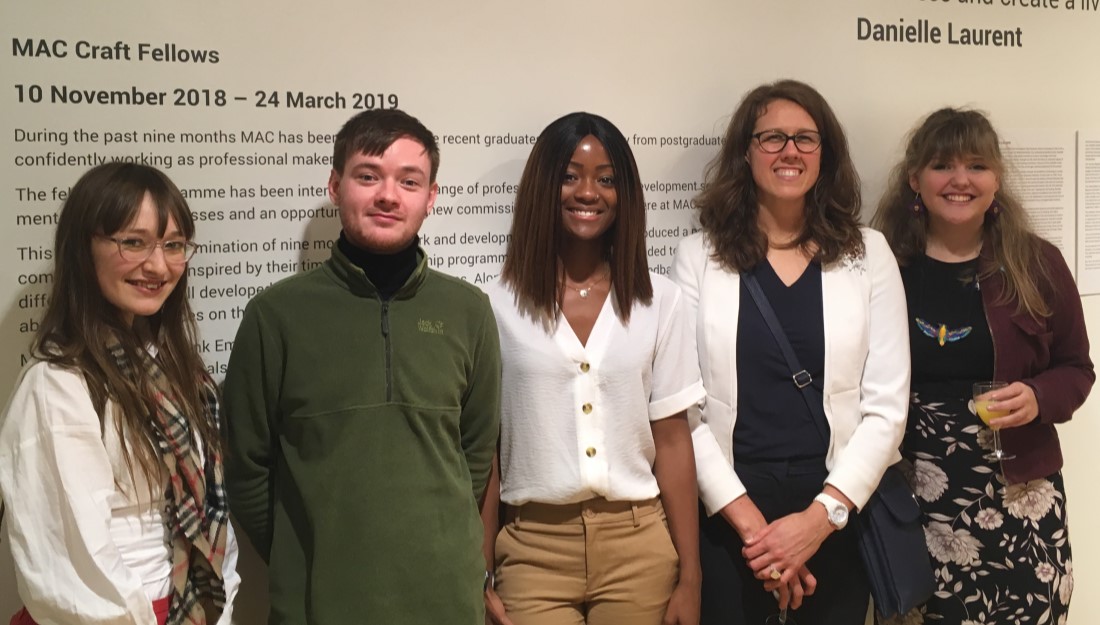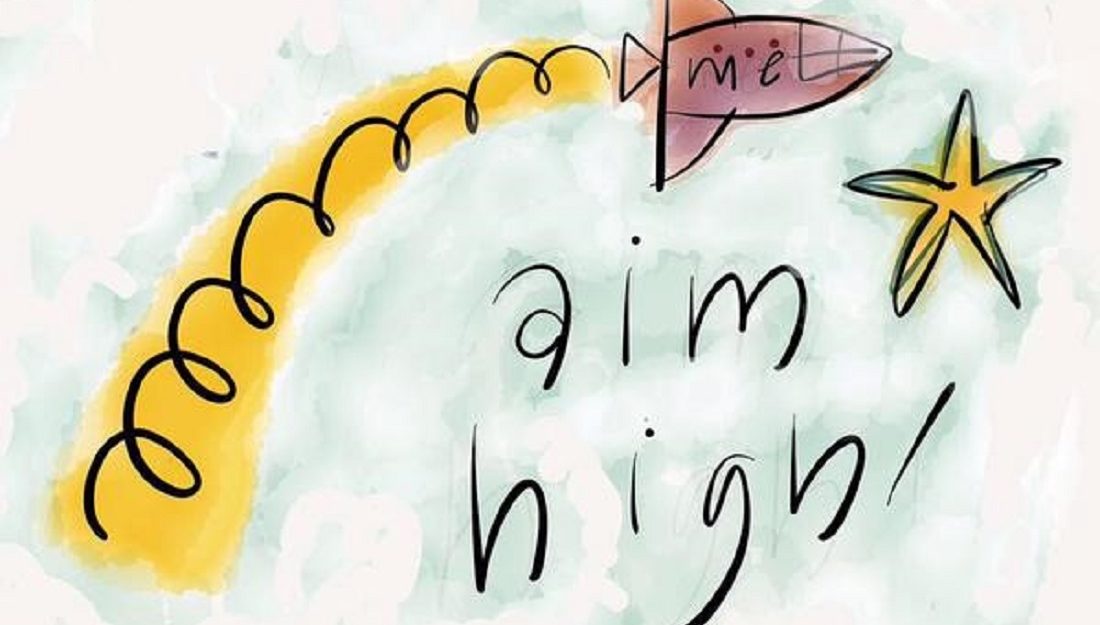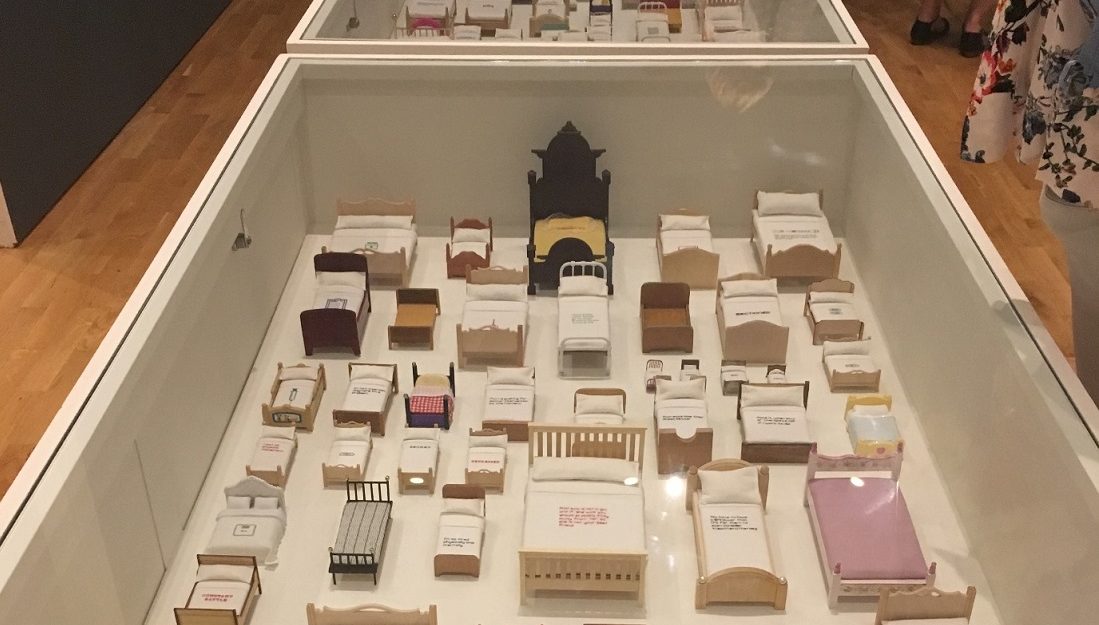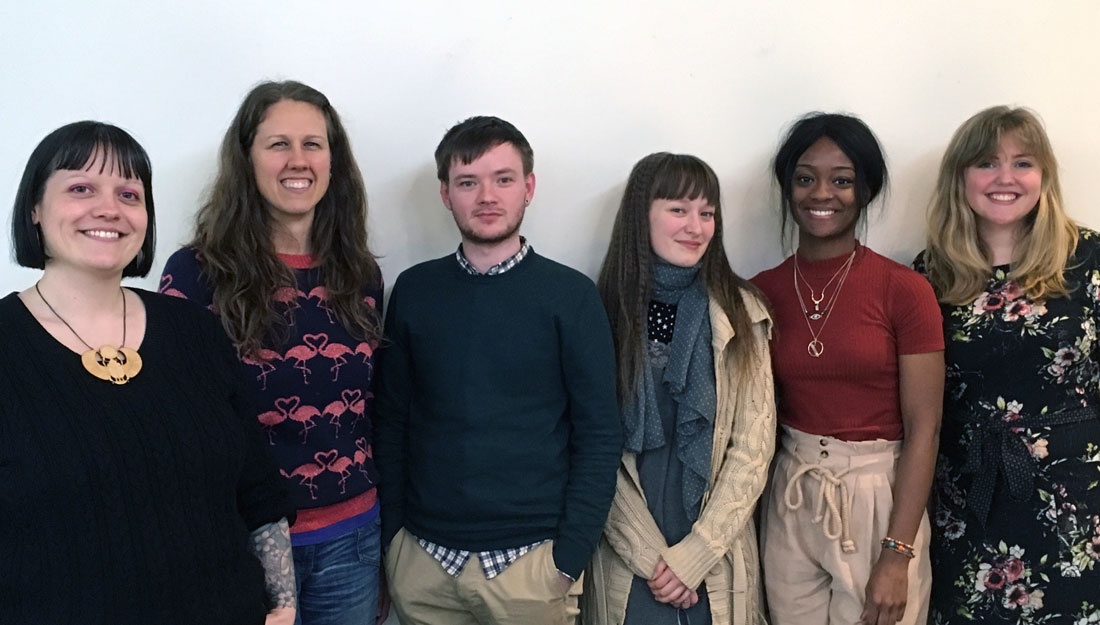Facilitated by Steph Vidal-Hall
A partnership between MAC Birmingham and Craftspace

The Craft Fellows at their exhibition launch
Top tips for Presenting from Steph Vidal-Hall
This guest post was written by Steph Vidal-Hall, a Thinking Environment Coach & Consultant with over 20 years experience in learning and development. More information on the facilitation of these workshops can be found at: www.thefacilitationpartnership.com
1. WIIFM? – What’s In It For Me?
Be clear about the PURPOSE of your event, whether it’s a panel, workshop or an opportunity to shake hands and say hello. Knowing what you want to get out of it will help you to be clear and confident.
On the day you said you wanted;
• To sell your work
• To spread the word
• Get additional work
• Give people a spark to grab on to
Be clear about your AUDIENCE, who are they, and What’s In It For Them? Take the focus (and the pressure) off yourself and think about what they want, and how you can put them at ease.
On the day, you thought your potential audience were;
• People interested in the arts
• Potential customers
• Artists in different sectors
• People who want to learn.
2. Introduce Yourself – What do I want people to know about me?
Spend time thinking about your PURPOSE as an artist: Knowing why you make art will help others to understand you. Have a look at Simon Sinek’s TED talk
https://www.youtube.com/watch?v=IPYeCltXpxw
Have an ELEVATOR PITCH, or several – especially if you do different things or for different audiences. How would you describe yourself to your granny, a business person, an arts funder?
• Make it short and simple
• Create a curiosity gap that will lead to a second question
• Use active verbs
• Show not Tell, have pictures/objects ready to share
• Try out different versions
• Tell a story
3. Fake it Till You Make It – How can I be the best version of myself?
Be aware of and in control of your BODY LANGUAGE and VOICE. Take time to observe the artists and presenters you admire; how do they use space, their bodies, their voices, their attention?
• Power pose to calm your nerves
• Think about status
• Make eye contact
Take the focus off yourself and on to putting your audience at EASE; say hello to people before you start, ask questions, think about how to get some audience interaction, tell stories.
Check out Amy Cuddy’s TED talk https://www.ted.com/talks/amy_cuddy_your_body_language_shapes_who_you_are?language=en
4. Rehearse Rehearse Rehearse
Whether you want to do it better, tackle a new situation or just control your nerves, rehearse.
• Choose some pictures or objects
• Time yourself against your slides
• Write bullet points on index cards
• Check what it’s like to use a microphone
• Make sure you can sit and walk comfortably in your outfit
• Try things out on friends and family
• Ask others how they do it and if they could give you some feedback
Find opportunities to speak in public – check out Toast Masters International (www.toastmasters.org) and Pecha Kucha (www.pechakucha.org) for local events.
If you want to achieve something and you’re prepared to put the time in, you can do it
Check out Carol Dweck on Growth Mindset: https://www.ted.com/talks/carol_dweck_the_power_of_believing_that_you_can_improve?language=en
5. Read Some Books
• More Time to Think, by Nancy Kline for information on the Thinking Environment
• Made to Stick, by Dan & Chip Heath, for crafting your message
• Talk Like Ted, by Carmine Gallo does what it says on the tin!
• Start With Why, Simon Sinek, https://www.youtube.com/watch?v=IPYeCltXpxw
This session was to address the issues of confidence in public speaking and how confidence can be interpreted physically to an audience. Identifying how we each tackle the task of selling ourselves and how we professionally feel we achieve this. Steph Vidal-Hall is a very experienced person in coaching public speaking and verbalising creative thinking. Helping individuals boost their confidence in stressful corporate environments such as formal meetings and informal social networking. There’s a large emphasis in coaching the underrepresented in her work; artists, craftsmen and forms of art that are not necessarily mainstream.
In this session with Steph, I was hoping to understand how I might be coming across on a professional level to an audience. Highlighting areas I may not even be aware I am lacking or habits that have fallen into place. Energy wasted doing one thing needlessly and tailoring for maximum affect. It was interesting to see if a physical change in active behaviour would alter my mindset, as sometimes the end goal can feel very far away and that can be a discouraging feeling.
We started the session with an informal introduction about ourselves and relayed our elevator pitches with each other. Highlighting the significance of having multiple pitches for the appropriate audience. One short. One detailed. One in depth pitch that engages a particular target individual.
A second exercise to gauge our level of speaking amongst each other was the activity of visualising onto paper ‘where we came from’, ‘what inspires us’ and ‘what does success mean to us’. We each pitched these three visual thoughts to the group in quick short bursts.
The main section of this coaching workshop was to understand what confidence looks like. Getting up we actively engaged with movement and weak or strong postures to convey our pitches with each other. Understanding the relationship between looking confident and confidently speaking. We had been asked to watch the TED Talk on ‘Your Body Language Shapes Who You Are’ by Amy Cuddy before the session and actively think about how the psychology of body language can be used as a tool to boost impact.
I personally think that this session has made a tremendous difference in how I approach environments where I may not feel completely secure or confident. Where I thought I was fairly ok with talking about my practice, the session highlighted areas that I actively step back or remove myself in order to reduce the psychological discomfort. Needing to talk about my practice, myself and sell my work is important and crucial. Getting up and looking like and sounding like I know what I’m talking about is even more important. Having the realisation that a lot of people, businessmen, artists, celebrities all at some point ‘fake it until they make it’ honestly breaks down a lot of hurdles which some may not have been there, but all are barriers to the end goal of success.
Steph Vidal-Hall has been a fantastic facilitator and has a very professional but warm way of connecting with people. She is a woman who effortlessly practices what she preaches, and it acts as a strong example of how body confidence can equal projected confidence.
Stuart Crabbe



